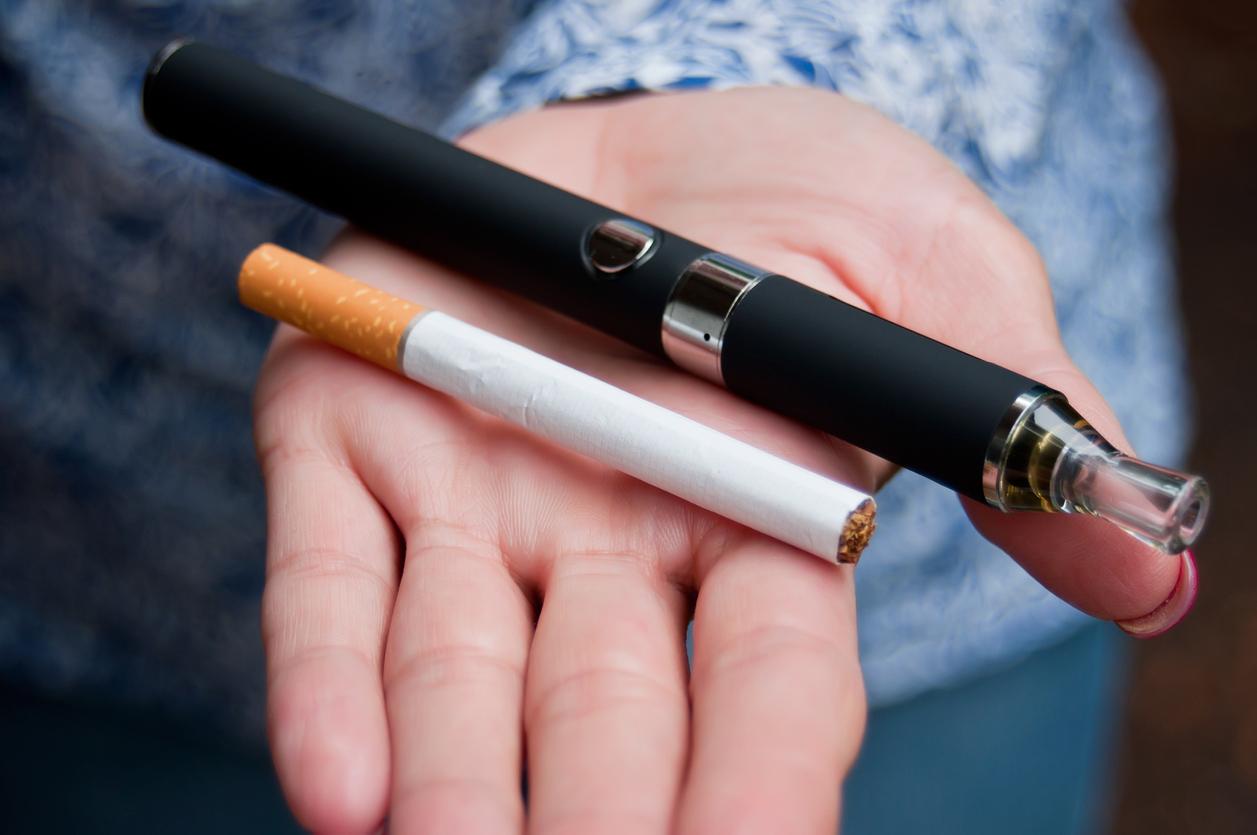Under pressure from Parliament, Europe should agree not to equate e-cigarettes with drugs. Nicotine level, flavors, labeling, the rest of the legislation will be unveiled today.

Is legislating on electronic cigarettes in Europe an impossible task? In any case, this is the question that arises in view of the difficulties that Europe and the member states encountered last Monday in reaching an agreement on the subject. This possible agreement, which should regulate the electronic cigarette market, should finally see the light of day on Wednesday.
“A lot of noise, for not much”, confides for his part the Prof. Bertrand Dautzenberg, author of the first French report on electronic cigarettes, contacted by why actor. According to him, “there is no need to regulate this product so drastically because the product is far less dangerous than traditional cigarettes. ”
Listen to Prof. Bertrand Dautzenberg : ” In the name of the precautionary principle, the e-cigarette should be put everywhere. And lock up the cigarette as much as possible …“
Limit the number of flavors
However, among the points which still crystallized the disagreements between the European institutions on Monday afternoon, appears first and foremost the thorny question of aromas. The Council of Ministers would like to restrict the current range of flavors available. This goes from piña colada to barbapapa via Energy Drinks.
“Attractive aromas, especially for the youngest”, thinks the Council. Attracted by these flavors, the most pessimistic already see it for teenagers, “a gateway to tobacco and to nicotine addiction.” ”
For this reason, the Council would like to restrict the list of flavors available to that authorized for smoking cessation products. In other words, very few flavors would remain on the market (tobacco, mint). A solution unthinkable for others. For French doctors, “this attractiveness” is precisely a possible way out towards tobacco and its increased risks compared to e-cigarettes.
Drug status almost settled
In addition, the drug status, a time considered for the e-cigarette, now seems to be no longer a problem. Desired by certain Member States, including the United Kingdom, but refused by the European Parliament, it is ultimately an intermediate solution that is likely to emerge.
Thus, beyond a nicotine concentration of 20 mg / ml, the product would be considered a drug and its marketing would therefore be reserved for pharmacies, as is already the case for nicotine substitutes. “In this case, the manufacturer will have to comply with a long and costly marketing authorization application procedure (MA),” explains Professor Bertrand Dautzenberg, however.
Below this dosage, the e-cigarette would remain a common consumer product. This would not, however, prevent each country from making it a tobacco derivative if it so desired. And secondly, to reserve the sale to tobacconists.
As such, the Toulouse Commercial Court recently ordered a French e-cigarette seller to stop marketing its products, ruling that it was a violation of the “state monopoly on the sale of tobacco “. These substitute products are, according to the judgment, under the tobacco legislation. The managers of the store have already announced their intention to appeal.
A low nicotine level to avoid addiction
In addition, the Council of Ministers also hopes to obtain measures reducing the attractiveness of electronic cigarettes. The Member States therefore wanted at the beginning of December to limit the nicotine concentration in refill products to 5 mg / ml. This ceiling has been deemed insufficient from the start to meet the needs of former heavy smokers, according to some tobacco specialists.
In the end, it would seem that we are moving towards a maximum concentration of 20 mg / ml, and a ceiling dose of 10 mg per refill, according to the latest corridor noise from Brussels.
Better labeling demanded of all
In addition, this Wednesday, all expect measures from Europe for better labeling of these products. In its September magazine, the National Consumer Institute (INC) unveiled an investigation according to which e-cigarettes “are not as harmless” as their manufacturers claim and “can emit potentially carcinogenic compounds. ”
These harmful substances are harmless because in minimal doses, several French experts immediately responded. Despite everything, doubts remain and consumers are now demanding more transparency.
“Improving information on e-cigarettes” is moreover the project that the National Institute of Consumption has just launched a few days ago, with representatives of users and sellers of e-cigarettes. . And this reflection could in the near future act as a laboratory, become a “reference on a European scale”, believe these actors. On this subject again, Professor Bertrand Dautzenberg hopes to see progress made by Europe during the day.
Listen to Prof. Bertrand Dautzenberg : ” Everyone wants there to be clear and consistent information on the labeling of e-cigarettes. It is unanimous, from the producer to the consumer, including the doctor… “
European cigarette quotas revised upwards
Finally, in conclusion, Professor Bernard Dautzenberg foresees that this agreement will not upset the future of electronic cigarettes in France. “States will most certainly be invited to do what they want for the moment. And the next meeting will be in a few years. In the meantime, Brussels nitpicks on details, ”he adds.
In comparison, this tobacco expert stresses that tobacco worries the European authorities much less. The proof is with the last European quotas on cigarettes voted a few days ago in Parliament. From now on, a French will be able to bring back not five but ten cartridges from a country of the Union. The measure which will come into force on January 1 has aroused the ire of the Minister of Health, Marisol Touraine. “It is the authorization of thousands of mg of nicotine” concludes with irony, Professor Bertrand Dautzenberg.
Listen to Prof. Bertrand Dautzenberg : ” You can cross European borders freely with 25,000 mg of nicotine. And there, we discuss on bottles with 200 mg …“
.














